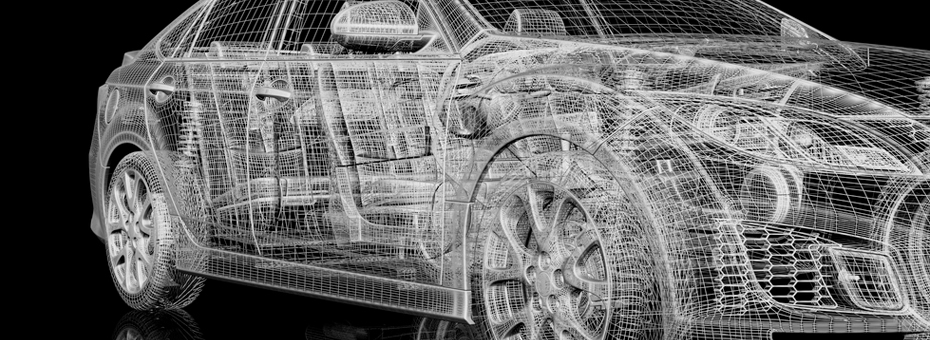Jim Morgan, Senior Advisor for Product and Process Development at LEI, spoke with Planet Lean recently about the value of focusing on lean product and process development (LPPD), what makes LPPD so powerful, and the beginnings of LEI’s new LPPD partnership program and community building effort. In this interview, Morgan shares his view of what’s required for organizations to rethink and revitalize their product development systems:
“To begin with, a bit of patience and perspective. We can’t diagnose, let alone prescribe, until we have examined. It is important to truly understand the current state.
A surprisingly high number of organizations don’t really understand their current product development capability. Consequently, they have a tendency to try to plug in whatever trendy program they read about. However, that is not what lean is about – in whatever environment it is applied. First of all, we need to ask ourselves [about] the problem we are trying to solve…
One way to begin to understand, of course, is value stream mapping. Laying out the process normally leads to a number of surprises and ah-ha moments for the engineers. For the first time, they realize they are part of a larger system… Get these folks talking. Look at the data, study the failure modes, even conduct a process capability study. These activities often lead to revelations.
The other realization that engineers normally get to is how much rework is present in a workplace. Of course, they know of their own frustration, but when you show them everybody else’s, they really understand. Discussions on process capability (hardly a top-of-the-list item to reflect on for developers, at least traditionally) follow, from which a dialogue on several other problems normally stems.
After these initial stages, the implementation plays out like in any other setting: you find early adopters and you try to get some quick wins to show the effectiveness of the approach.“
More highlights from the interview:
On how product development (and LPPD thinking) cuts across the entire organization:
“Too many organizations still think of product development as something the engineering department does to them, instead of treating it like the incredible opportunity that it is. One of the key characteristics that differentiates lean product and process development from more traditional methods (and some more recent methods that might be labeled as lean) is the focus on creating new value streams – that is to say, all the activities required to deliver the product to the customer. This activity requires the full participation of the entire organization.”
On Lean’s applicability across different sectors:
“I do believe that Lean is ultimately a people centric system that is driven by people’s nearly unlimited capacity for creativity and innovation. That’s why Lean has been so incredibly successful in such a wide variety of environments: From health care, to retail, to manufacturing – and especially in product development.”





